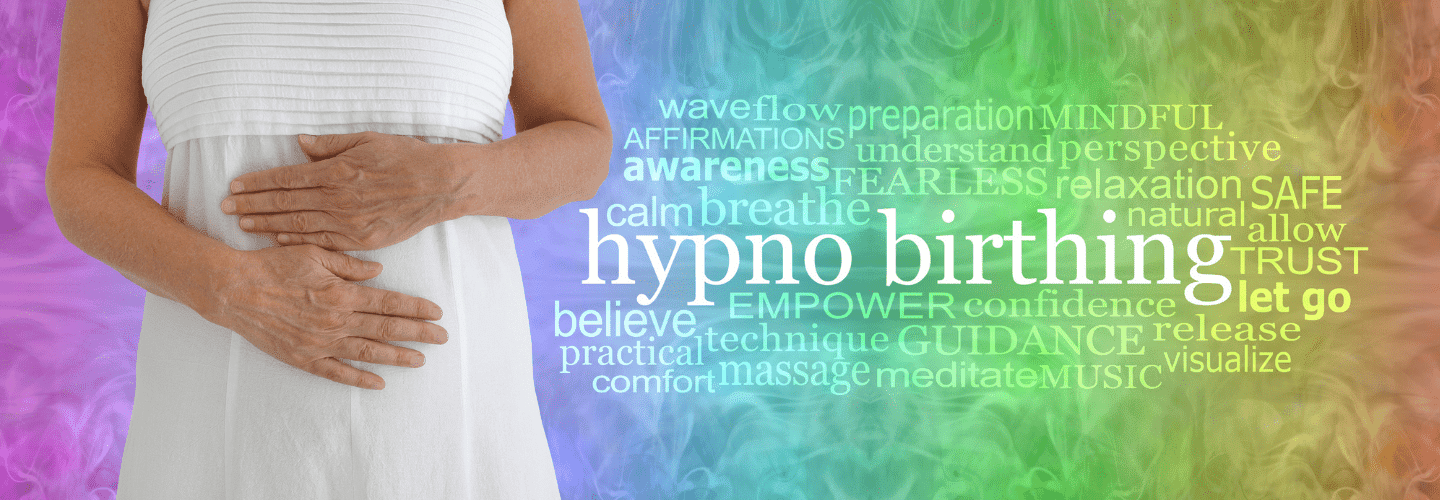
Harnessing hypnosis for a stress-free labor offers expectant mothers a powerful tool to manage pain and reduce anxiety. Through techniques like deep breathing, visualization, and focused relaxation, hypnosis helps in creating a serene birthing environment, empowering women to have more controlled and positive birthing experiences. By embracing self-hypnosis, mothers can diminish their perception of pain and foster a sense of calm and confidence, paving the way for a smoother childbirth process. Further exploration reveals even more profound benefits.
Key Takeaways
- Hypnosis in labor uses deep breathing and visualization to manage pain and reduce stress.
- It diminishes reliance on analgesics by enhancing natural relaxation during childbirth.
- Affirmations and focused awareness build confidence and reduce childbirth-related fears.
- Creating a calm birthing environment supports emotional and physical well-being.
- Self-hypnosis empowers mothers, promoting autonomy and a controlled birthing experience.
Benefits of Hypnosis in Labor
As labor approaches, many expectant mothers seek effective pain management strategies that offer comfort without extensive medical intervention.
Hypnosis emerges as a beneficial approach, greatly reducing the reliance on analgesic medications. It not only aids in physical comfort but also diminishes emotional stress by addressing childbirth-related fears and anxiety.
This natural method enhances the birthing experience through deep relaxation, potentially shortening labor duration and decreasing the necessity for epidurals.
Understanding Hypnosis Techniques
Understanding the techniques of hypnosis is an essential next step for expectant mothers who have recognized its benefits in labor. Dispelling hypnosis myths and relaxation misconceptions is important. Hypnosis is not about being unconscious; it's a focused, aware state that enhances relaxation and pain management through specific techniques like deep breathing, visualization, and positive affirmations.
| Technique | Purpose | Common Misconceptions |
|---|---|---|
| Deep Breathing | Reduces stress, promotes calm | Too simple to be effective |
| Visualization | Enhances mental control | Only for the imaginative |
| Affirmations | Builds confidence, reduces fear | Ineffective in real scenarios |
| Focus | Maintains calm, reduces pain | Leads to loss of control |
| Awareness | Empowers informed choices | Detachment from reality |
Steps for Deep Relaxation

Achieving deep relaxation during labor begins with mastering controlled breathing, a foundational technique that notably eases both mind and body.
This approach is enhanced through specific steps that integrate smoothly into the labor process.
- Breathing Techniques: Slow, deep breaths help maintain a calm and steady rhythm, facilitating a more relaxed state.
- Visualization Exercises: Imagining a peaceful scene or a positive birthing outcome can considerably reduce stress and improve focus.
- Progressive Muscle Relaxation: Deliberately tensing and then relaxing each muscle group helps to release physical tension and deepen relaxation.
These methods collectively prepare the body and mind for a smoother childbirth experience.
Creating a Calm Birthing Environment and Alleviating Stress and Fear
Creating a serene birthing environment considerably alleviates stress and fear, allowing expectant mothers to focus on the transformative experience of childbirth.
Introducing calming visuals, such as soothing colors and gentle imagery, creates a peaceful atmosphere.
Mindful breathing techniques further enhance this setting, guiding mothers through controlled inhalations and exhalations to maintain calmness and manage discomfort.
Such practices not only reduce anxiety but also empower women, instilling a sense of control and confidence.
This nurturing environment supports expectant mothers emotionally and physically, making the birth process less intimidating and more of a positive, empowering journey.
Promoting Smoother Labor Experience

How can expectant mothers experience a smoother labor? Hypnosis offers powerful techniques for pain management and emotional support, essential for a less stressful childbirth. By focusing on hypnosis, mothers can harness their mental and physical resources to enhance their birthing experience.
Here are key strategies:
- Utilize hypnotic relaxation to maintain calm and control pain perception.
- Engage in positive affirmations that boost confidence and reduce fear.
- Ensure continuous emotional support from skilled hypnotherapists and loved ones.
These practices not only alleviate discomfort but also empower mothers, promoting an overall smoother and more positive labor experience.
Empowering Mothers Through Self-Hypnosis
Why should expectant mothers consider self-hypnosis?
Self-hypnosis benefits are manifold, especially in the area of childbirth. It equips mothers with tools to foster emotional resilience, essential for maneuvering the challenges of labor.
Engaging in self-hypnosis not only diminishes the perception of pain but also bolsters confidence and autonomy during delivery. This method empowers women to manage anxiety and stress effectively, enabling a calmer, more controlled birthing experience.
Enhancing the Birthing Experience With Relaxation Tools

As expectant mothers approach the transformative experience of childbirth, the incorporation of relaxation tools plays a pivotal role in enhancing the birthing process.
Employing breathing techniques can greatly soothe and stabilize emotions, providing a calm demeanor essential for labor. Visualization exercises create a peaceful mental sanctuary, enabling mothers to envision a positive birthing outcome.
These methods not only promote relaxation but also empower women to manage childbirth with more confidence and less anxiety.
- Breathing Techniques: Deep, controlled breathing to reduce stress.
- Visualization Exercises: Imagining a serene and positive birthing process.
- Empowerment: Enhanced control and reduced anxiety during childbirth.
Frequently Asked Questions
What Are the Qualifications of a Professional Hypnobirthing Instructor?
A professional hypnobirthing instructor typically holds certifications in hypnobirthing techniques and has substantial experience guiding expectant mothers. Their expertise guarantees a reassuring, informative approach to childbirth, fostering a calming and supportive environment.
How Soon Should I Start Hypnobirthing Classes Before My Due Date?
Timing recommendations suggest starting hypnobirthing classes around the second trimester. Class frequency typically increases as the due date approaches, offering ample time to practice and master relaxation techniques effectively and confidently.
Can Hypnosis Be Harmful to My Baby During Labor?
Research suggests that hypnosis during labor poses no harm to the baby and can enhance maternal comfort and emotional well-being, ensuring a safe and positive birthing environment for both mother and child.
Are There Any Cultural or Religious Considerations With Hypnobirthing?
Cultural beliefs and religious practices may influence the acceptance of hypnobirthing. It's important to respect individual preferences and discuss concerns with a knowledgeable practitioner to guarantee a comfortable and culturally sensitive birthing experience.
How Do Partners Participate in the Hypnobirthing Process?
Partners participate in the hypnobirthing process by providing emotional support, assisting with relaxation techniques, and reinforcing positive affirmations. Their involvement enhances the birthing experience, offering comfort and reassurance to the mother.
Conclusion
Hypnosis in labor illuminates a path to empowerment, tranquility, and control. By mastering self-hypnosis techniques, expectant mothers can embrace deep relaxation, diminish pain, and cultivate a serene birthing atmosphere. This approach not only alleviates stress and fear but also enhances the overall birthing experience, reducing the need for medical interventions. Ultimately, hypnosis equips mothers with the tools to transform labor into a more natural, positive, and empowering journey, fostering a harmonious welcome for their newborn.




